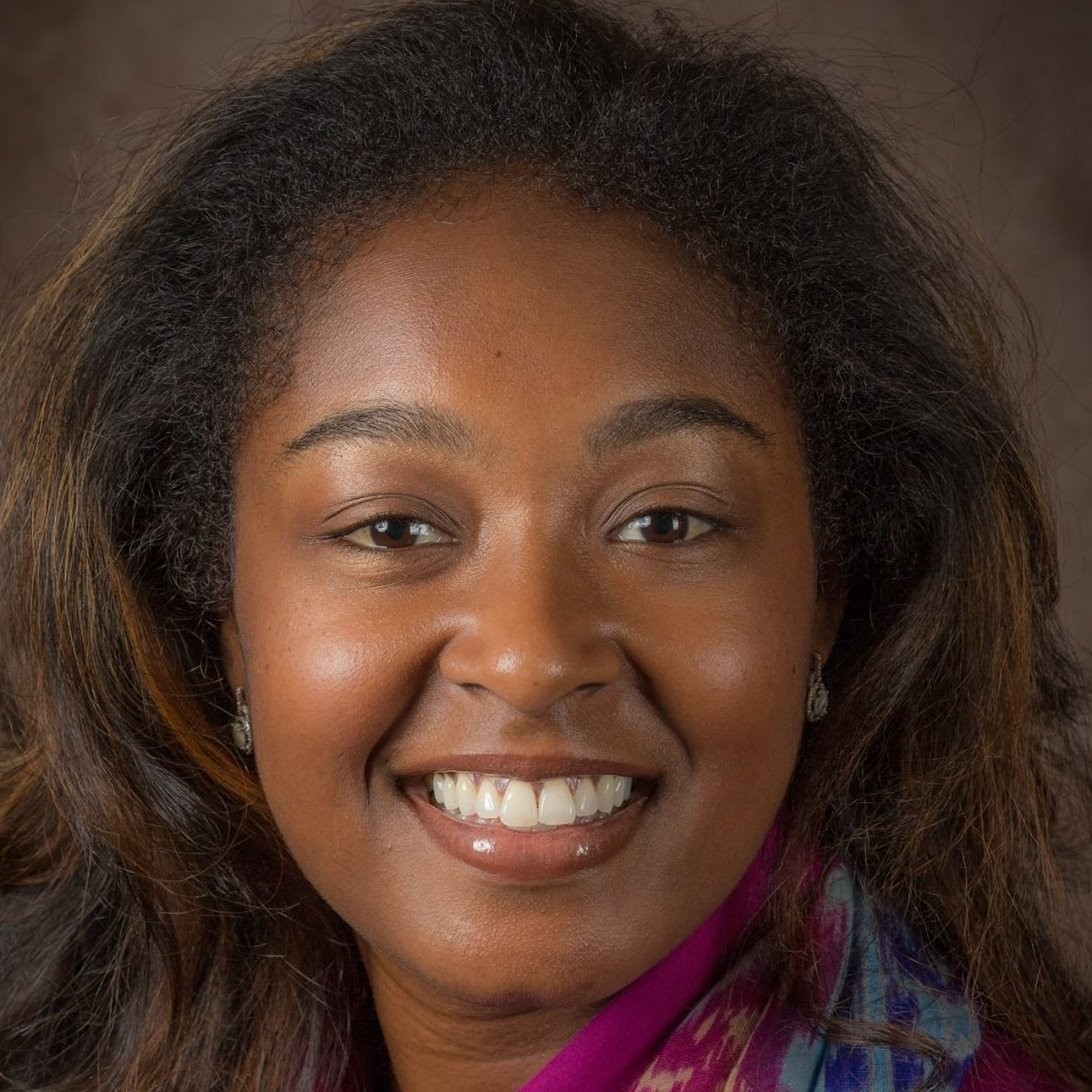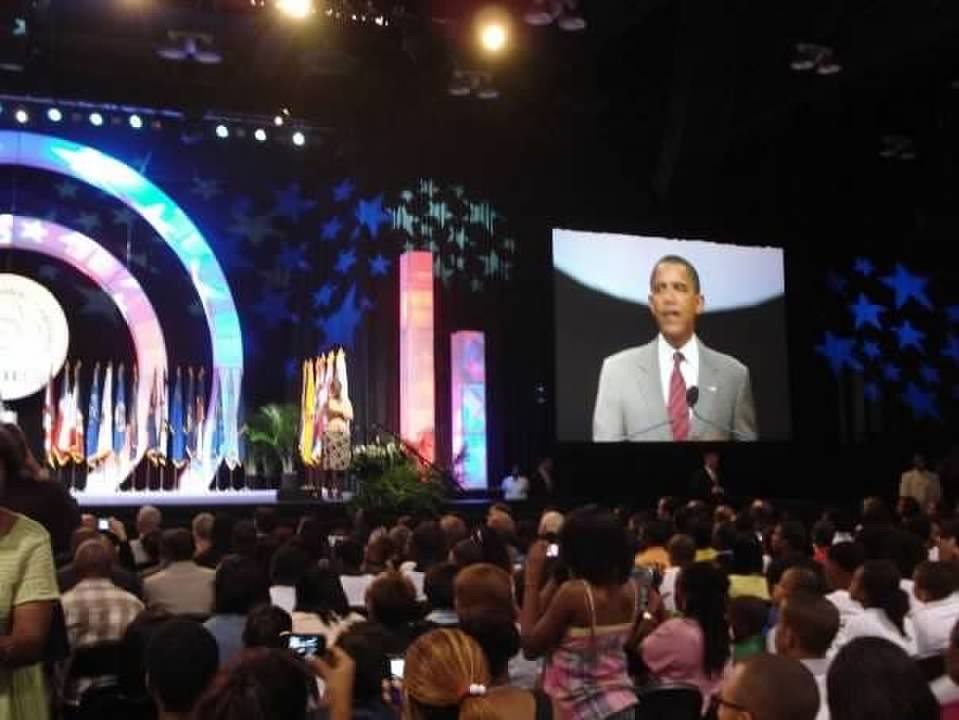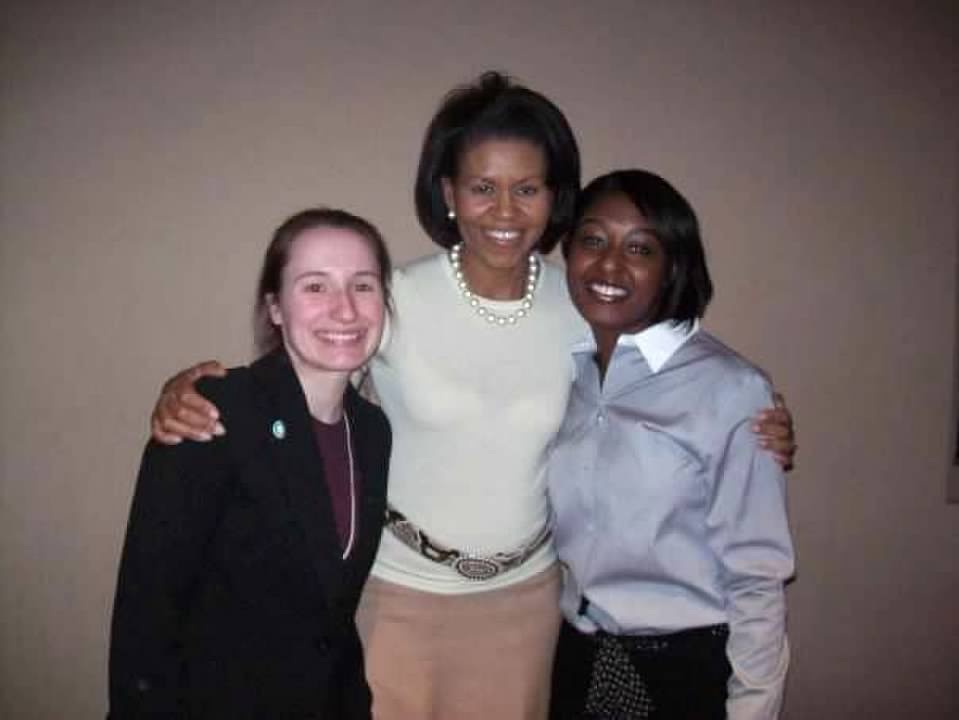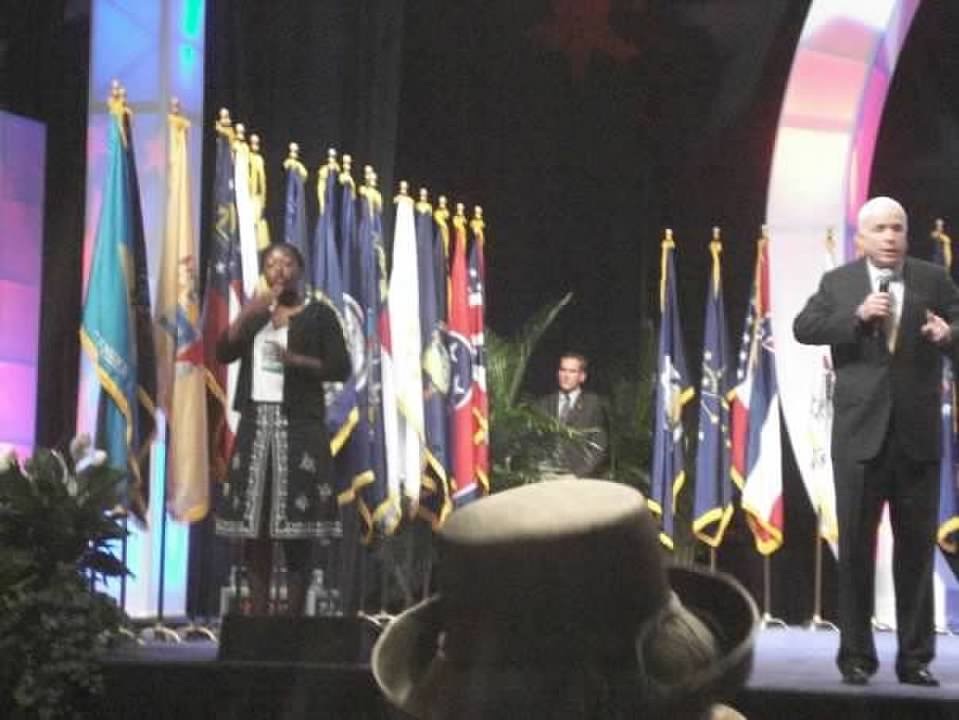
UC organization addresses the nationwide crisis for Black interpreters
Nearly 11 million people in the United States consider themselves to be Deaf or Hard of Hearing, according to the Census Bureau's 2011 American Community Survey and Deaf/Hard of Hearing African-Americans make up 8 percent of its population (NY Times, 2021). Sign language interpreters, who serve this population, are primarily white middle aged women making up 87% of its industry, only 13% being people of color, creating a large disparity of interpreters of color in the United States.
CECH's Cincinnati African American/ Black Interpreter Collaboration takes the lead by creating opportunities for more African Americans to become certified American Sign Language interpreters. With a costly fee to take the National Interpreting Certificate (NIC) at nearly $950 and limited resources for aspiring interpreters of color, some would argue that it's no wonder that only 2% of the interpreters within the State of Ohio are African-American.

Amber Burley, an Assistant Professor at the University of Cincinnati
Amber Burley, an assistant professor at the University of Cincinnati, has an extensive background working with the Deaf community. Starting from eighth grade, Burley always knew she wanted to work with the Deaf community. "I remember being in the car with my mom, and I told her out of the blue that I wanted to work with Deaf people. Somehow I always knew that is what I wanted to do."
Burley has built her career around Deaf communities by working as a sign language interpreter in K-12 education, for local non-profit organizations like the Hearing Speech and Deaf Center of Greater Cincinnati, area hospitals like Children’s and UC Health, for Talbert House, and Social Security Administration.
She briefly left interpreting to earn her master’s degree in counseling and worked as a therapist for Deaf children and families. Later, she returned to interpreting where she worked as an interpreter for companies like Sorenson Communications, the largest employer of sign language interpreters in the world, and worked her way up to management. It was here that she had the opportunity to highlight the disparities and lack of opportunities for Black sign language interpreters. By noticing the glaring deficit of people of color as interpreters, Burley is now moving towards creating opportunities for more Black people to become nationally certified in ASL interpretation.

Burley interpreting for former President, Barack Obama.
Currently, in Cincinnati, Ohio, there are only six nationally certified ASL/English certified interpreters who identify as African American or Black. According to estimates provided by the World Health Organization, 486 people are living in the City of Cincinnati who are considered functionally deaf (Mitchell, 2016). According to West Oyedele's (2015) Persistence of African-American/Black Signed Language Interpreters in the United States: The Importance of Culture and Capital, she finds that when Deaf consumers were paired with interpreters who shared the same racial background that they reported “feeling as though the interpreter was culturally and linguistically competent and made no mention of a feeling a lack of confidence or lack of power”. Therefore, the need for more African American interpreters for equal representation couldn't be more evident.
Working alongside Burley to close this gap is colleague, Elizabeth Jean-Baptiste, associate professor within the School of Education. The two founded the Cincinnati African American/Black Interpreter Collaborative (CAABIC) in October 2019, as a community-university partnership. CAABIC has secured various grants, including external support from Interact for Health, that are helping the organization to recruit, retain, and promote AA/Black individuals at all stages in the profession so that AA/Black interpreters have a seat at every table where decisions are being made.

Burley with former First Lady, Michelle Obama.
In 2020, the world arguably saw the largest demonstration of peaceful protest against racial inequality and historical disparity. For Burley and her colleagues, the spotlight was finally turned toward the lack of diversity among interpreters for Deaf individuals.
They used existing participatory research practices to guide their process and have put CAABIC members at the center of all decision-making.
2020 was the time that people were willing to listen, hear, and understand what Black interpreters have been experiencing for years.
Amber Burley

Amber Burley interprets for late Senator, John McCain.
With several grants in development and continued outreach to expand CAABIC's efforts, Burley continues to be a proud representative of the African- American community with a wealth of experiences that establishes her credibility and passion as an interpreter. Burley has interpreted former President Barack Obama, former Secretary of State, Hilary Clinton, former Senator John McCain, and other state officials and dignitaries. This experience is what Burley aspires for more African- American interpreters, which will create equal representation for all.
The School of Education currently offers a Deaf Studies Certificate that takes two years to complete. The American Sign Language Club is also an excellent resource for others to connect and network with like-minded individuals looking to become interpreters.
Related Stories
OTR mural celebrates UC alumni success
April 4, 2025
The UC Alumni Association, UCAA, will mark its annual Alumni Celebration during its upcoming Alumni Week, April 7-13, with a community art project commemorating this year’s slate of alumni honorees receiving the organization’s top awards.
Study: Platform-predicted treatments improve outcomes for...
April 4, 2025
Results from a new Phase 3 trial published in the journal npj Precision Oncology found that an assay that includes an assessment of cancer stem cell sensitivity to chemotherapy can accurately decide more effective treatments and lead to increased outcomes for patients with platinum-resistant ovarian cancer.
Pediatrician celebrates 30th UC College of Medicine reunion with...
April 3, 2025
There’s a vital thread woven into the fabric of Chris Peltier’s life. It’s black and red, and it knits all things Bearcat together into a life that was transformed by the University of Cincinnati and the UC College of Medicine.
